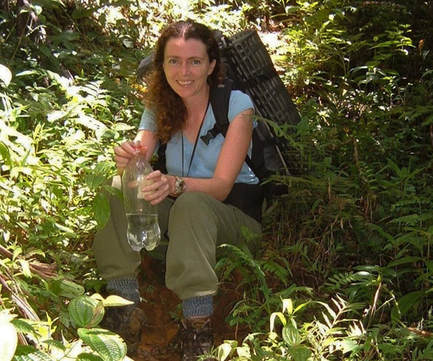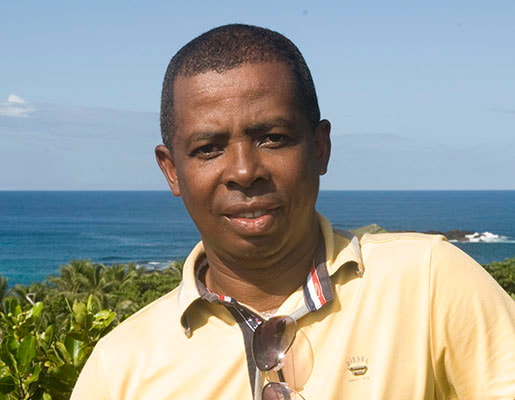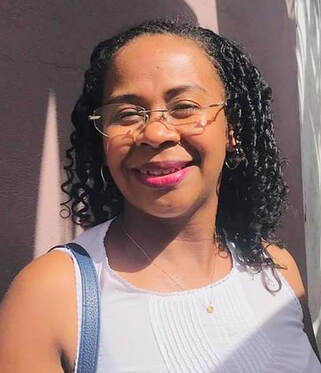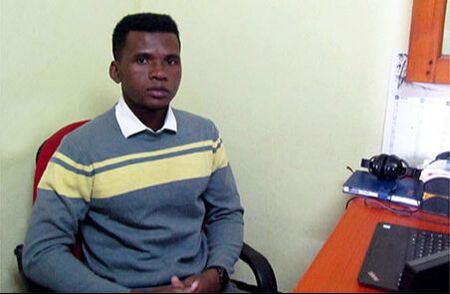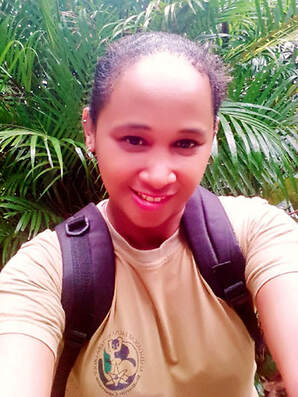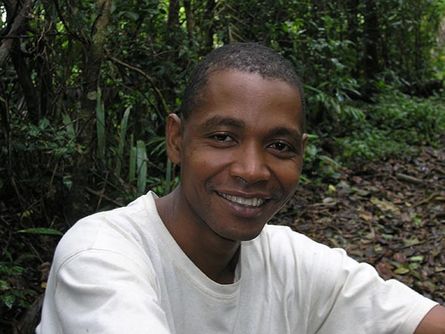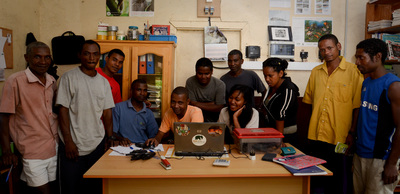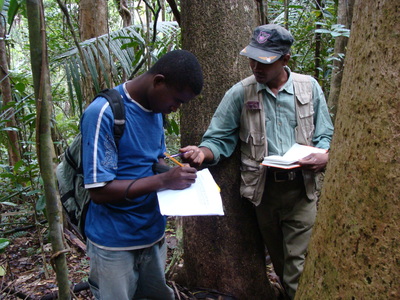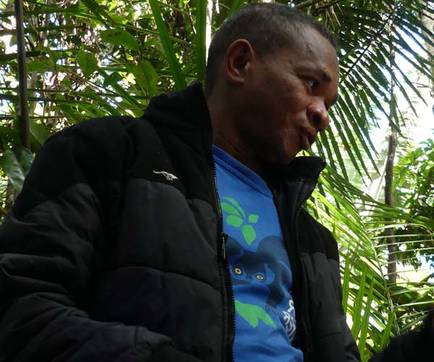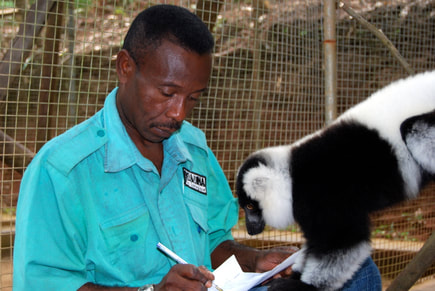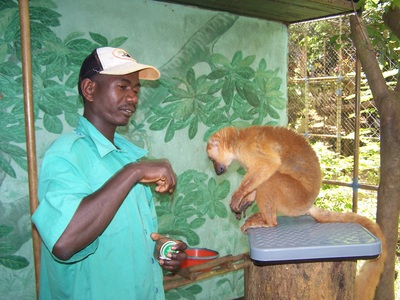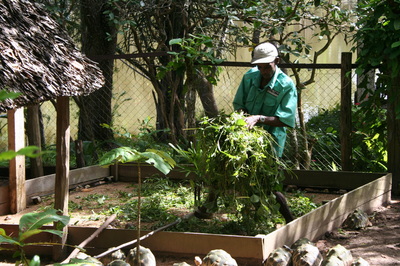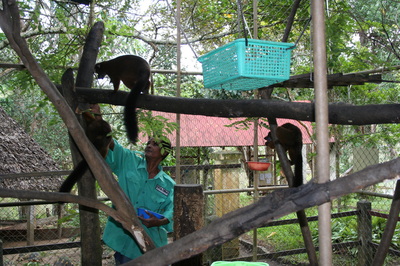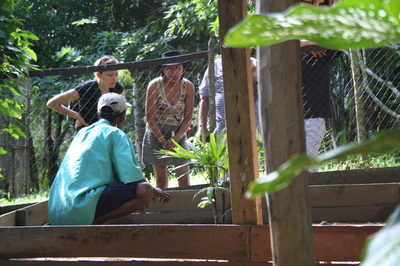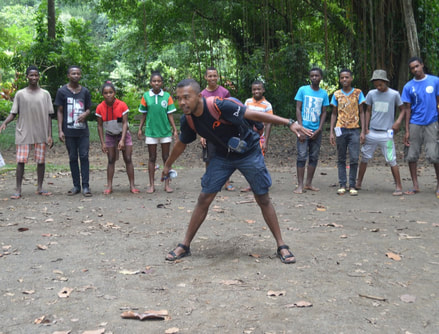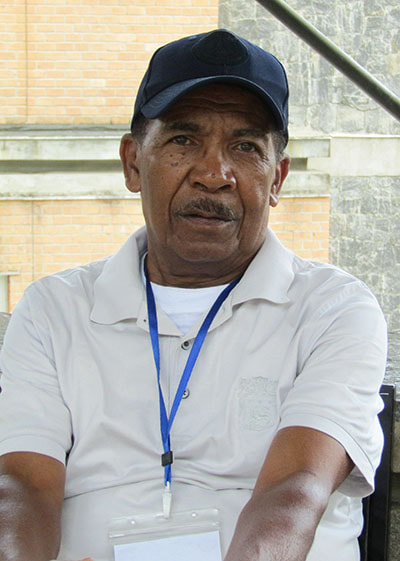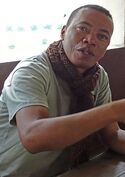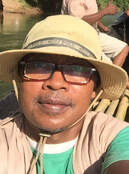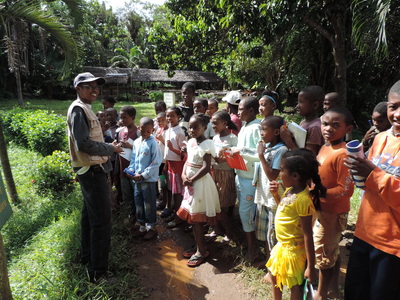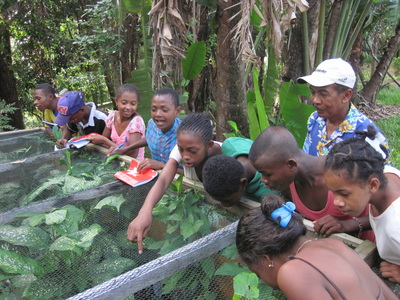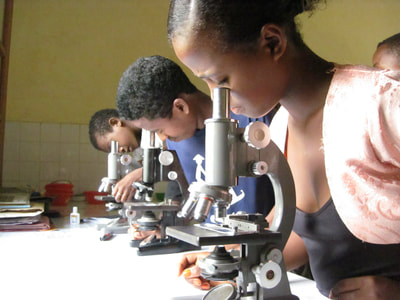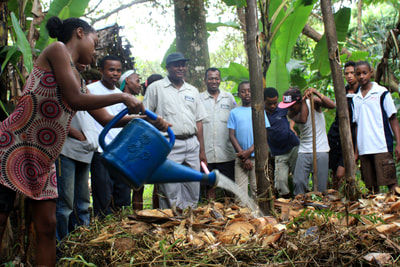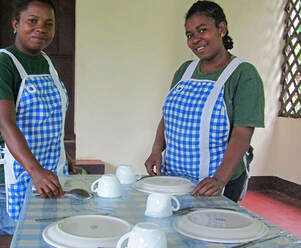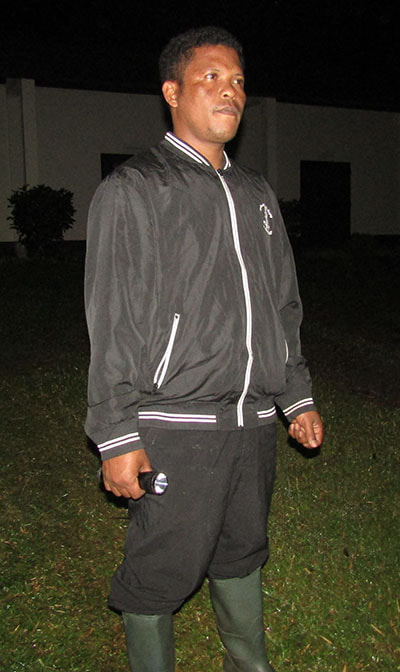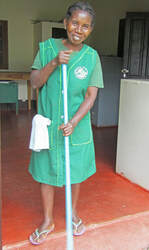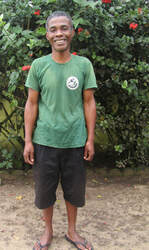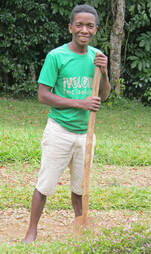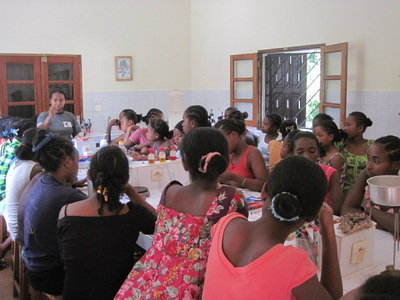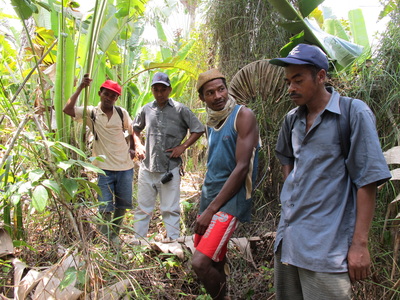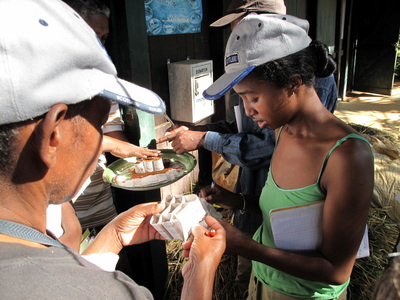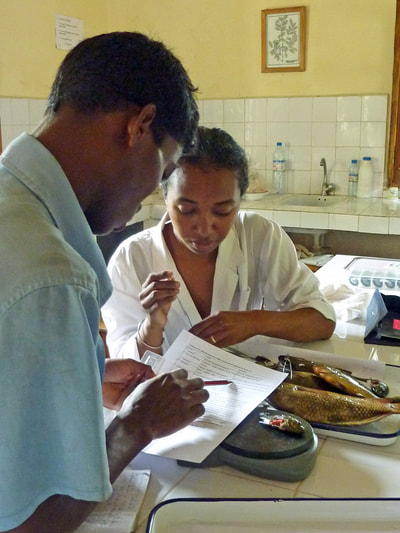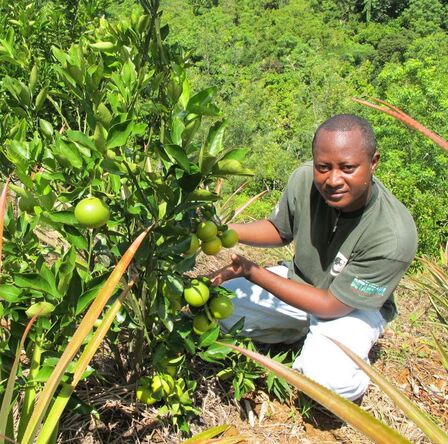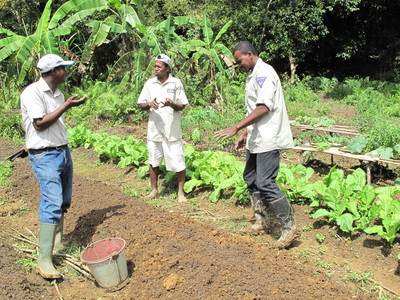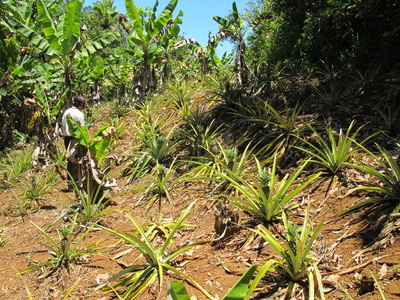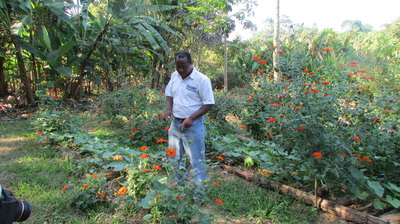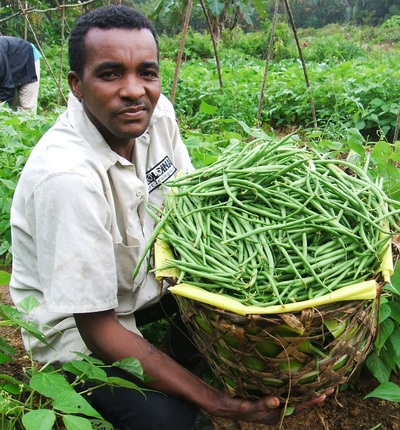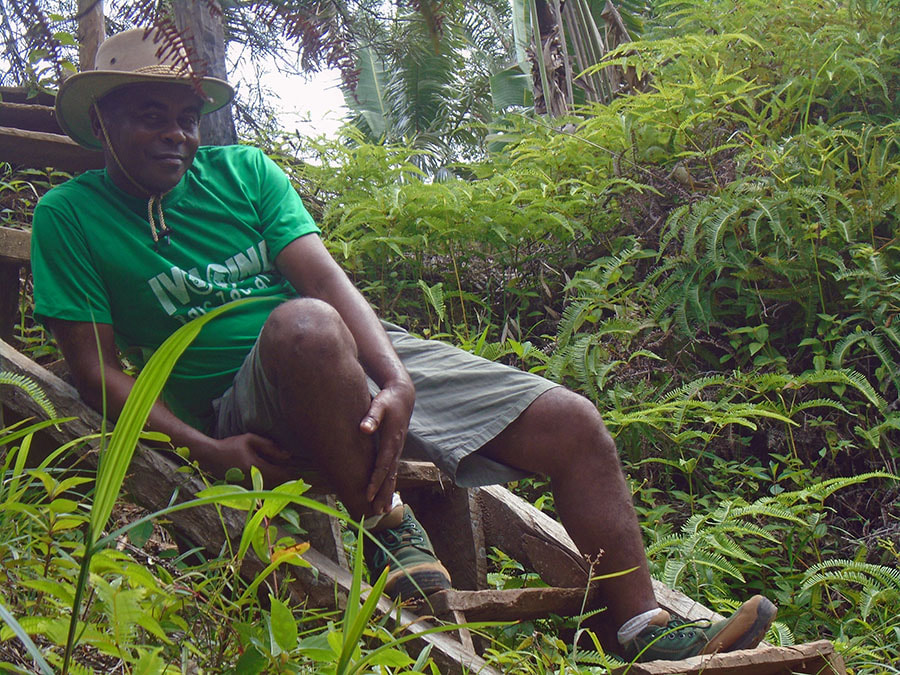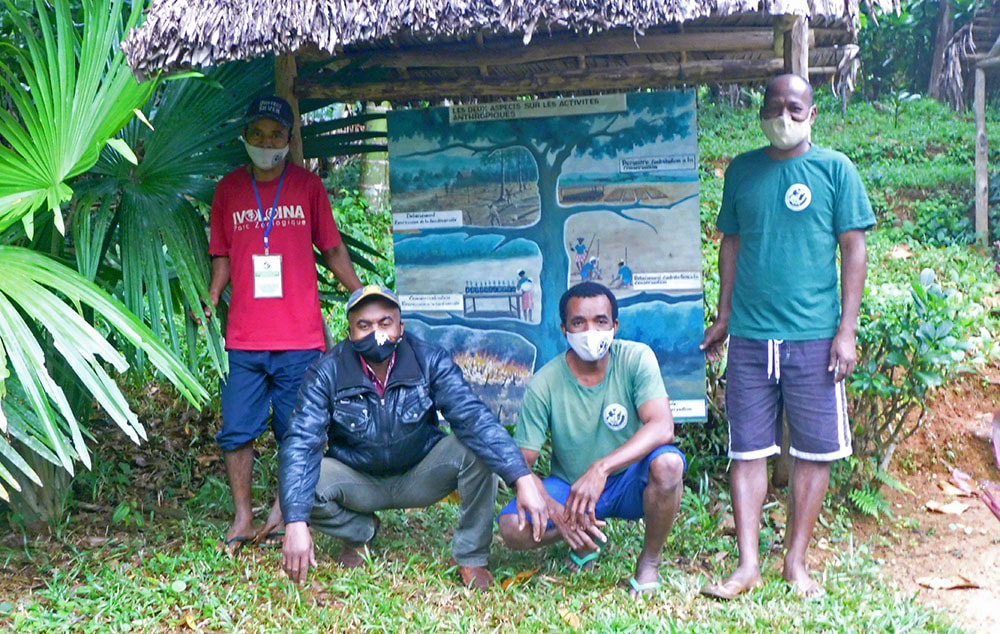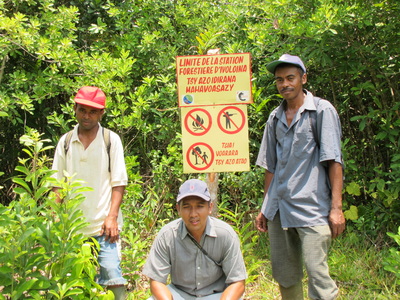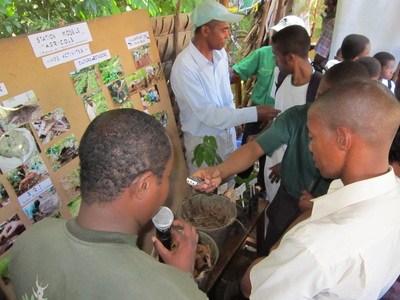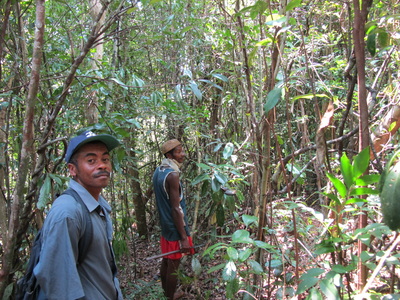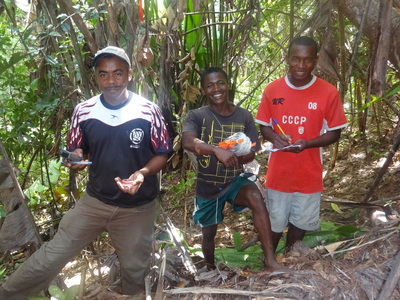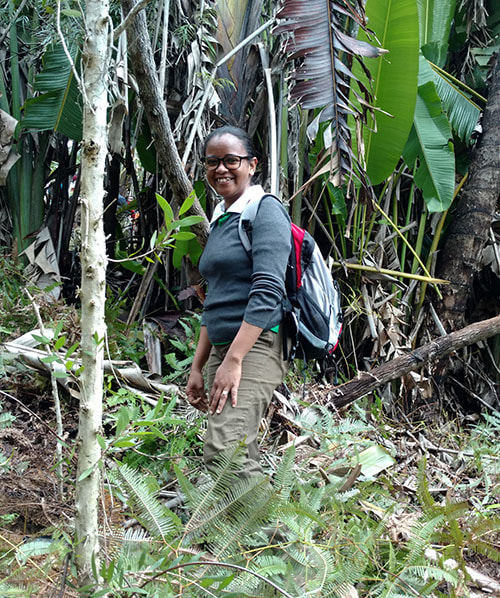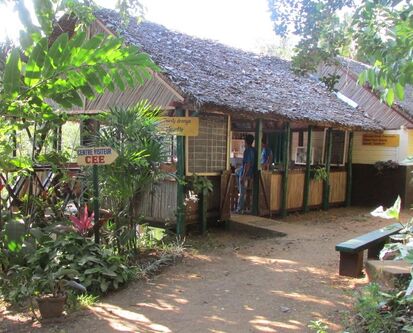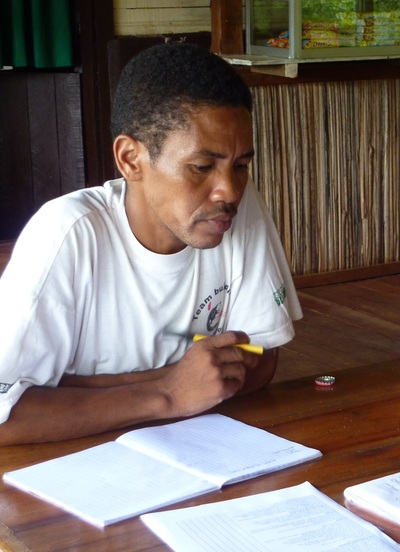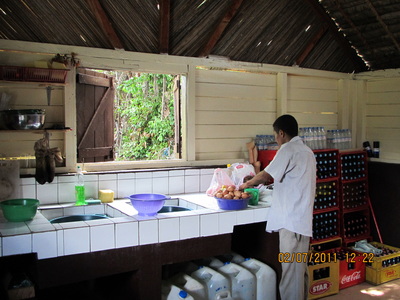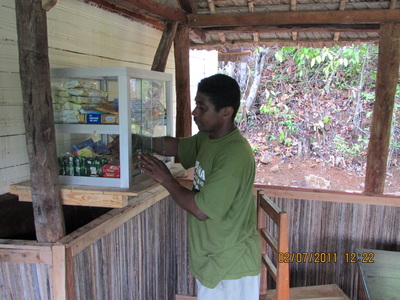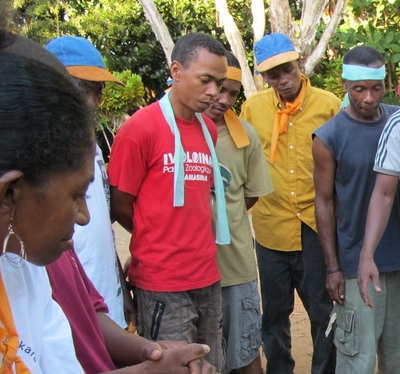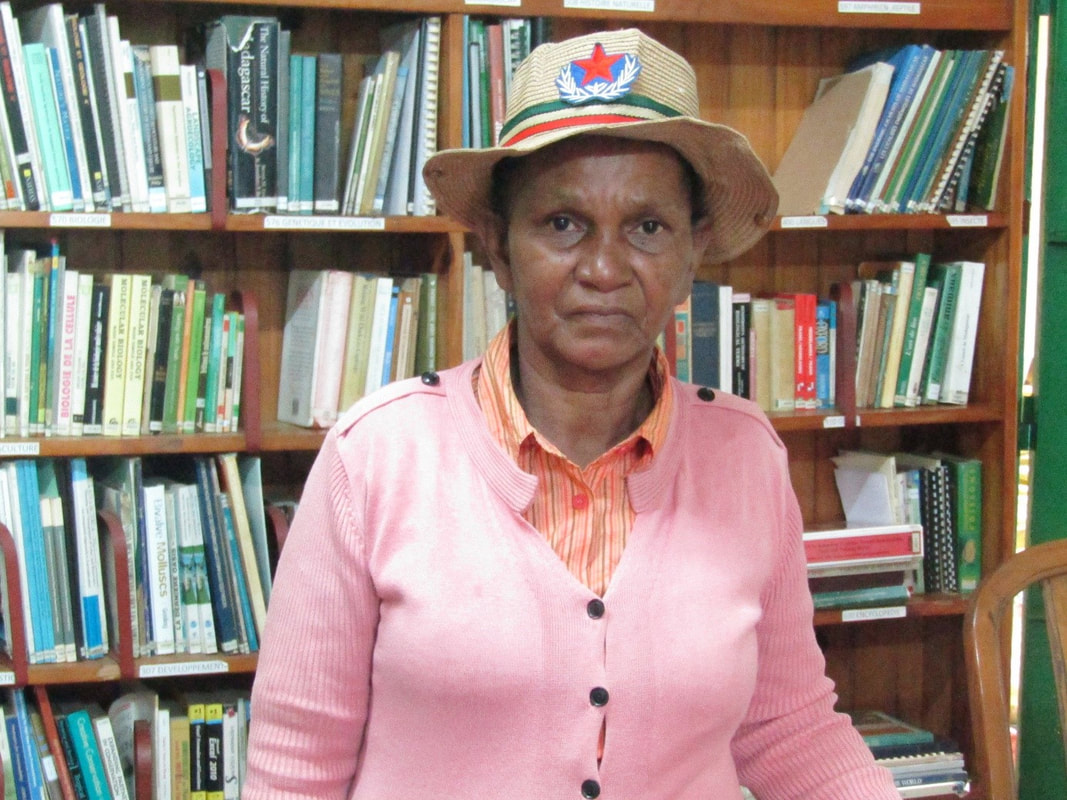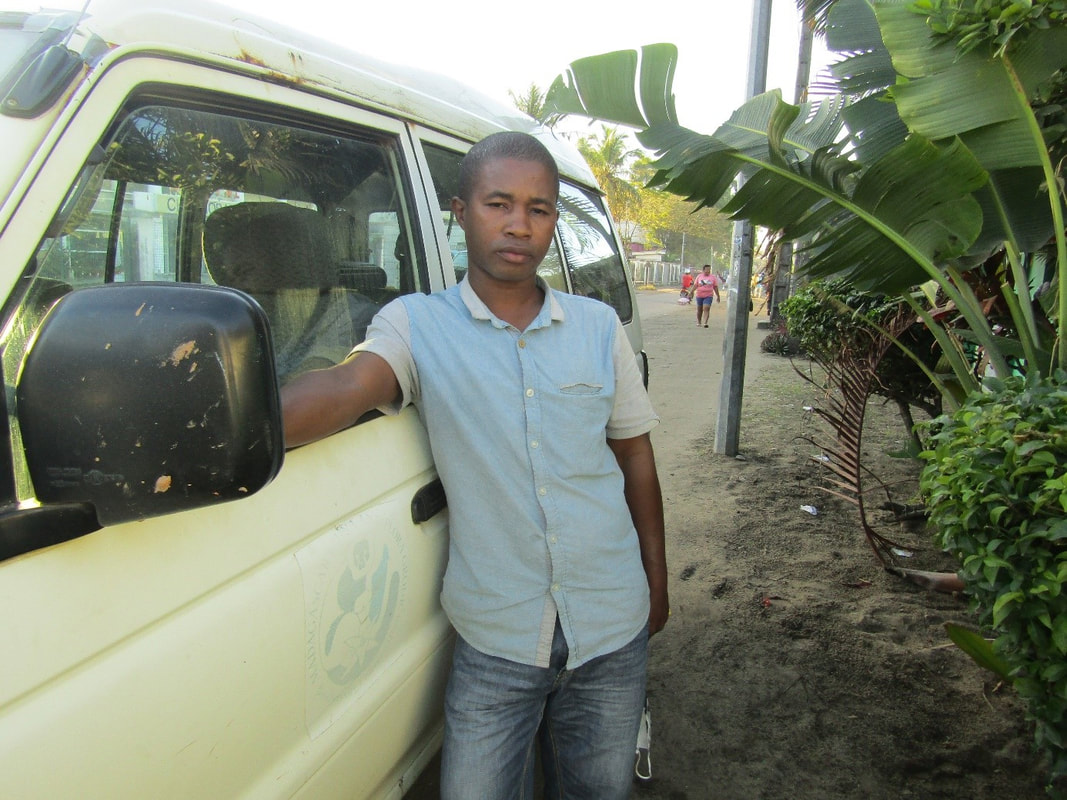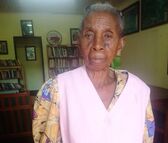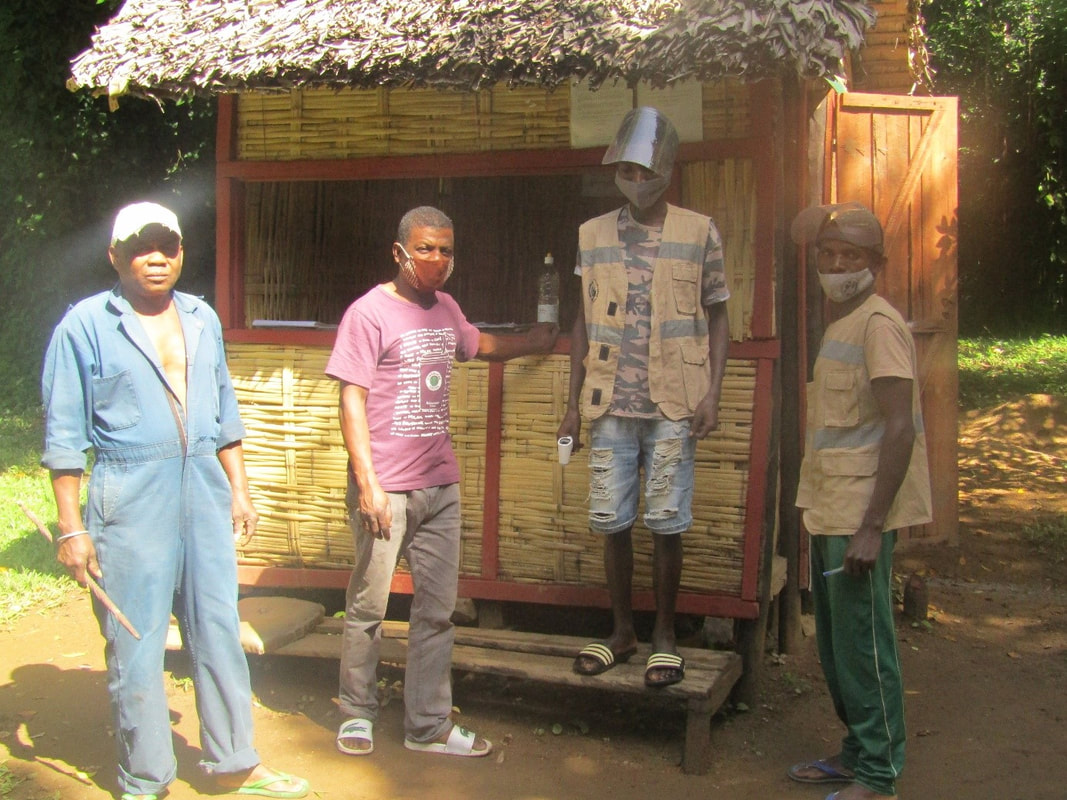Meet the People Who Make it Happen
With guidance from the Board and Scientific Advisors, the MFG staff plan, implement, oversee, and evaluate our conservation projects. MFG funds about 90 personnel along with other temporary positions and most have lived their entire lives in Toamasina. Their understanding of local needs and their ability to proceed within the framework of local policies and politics, coupled with the consistency of the MFG's presence in the community, has enabled the MFG to become a respected voice for conservation within Madagascar.
Executive Director
|
Director of MFG in Madagascar
Jean Jacques Jaozandry
|
Jean Jacques joined the MFG in spring of 2021. His career choices and experiences make him ideally suited to expertly manage the MFG's on-the-ground efforts. He has more than twenty years in the field of conservation including over a decade working for Wildlife Conservation Society (WCS). He was a key leader in the core team for the creation and implementation of MaMaBaie (Makira-Masoala-Baie d'Antongil), a land and seascape of over one million hectares. He served as WCS's Coordinator of this Project for five years. He has experience managing over 100 people and $1 million USD budgets. Jean Jacques has consulted on livelihoods and development around national parks and presented at many workshops and symposiums. and Recently, he held leadership positions in the Ministry of the Environment and Sustainable Development (MEDD) and the Ministry of the Environment, Ecology, and Forests (MEEF) including coordinating the implementation of Madagascar's national reforestation policy. In addition to multiple certifications on sustainability issues, Jean Jacques has a Master's degree in Geography from the University of Toamasina.
|
MFG Administrative Staff
Human Resources Manager
|
Accountant
|
Office Assistant
|
Betampona Natural Reserve
Betampona Head Agent
|
Parc Ivoloina Zoo
Parc Ivoloina Director/Manager
|
Head Keeper
|
Center for Environmental Education
|
L-R: Andre, Saby, Rostand
|
Center for Environmental Education Manager
|
Ivoloina Conservation Training Center
ICTC Manager
|
Above L-R: Zafy Lucia and Rasoarmalala Clara; Jacques Ely; Germaine; Zefania Ruffin; and Todivelo Narcisse
Community Mobilization and Outreach Program
Outreach Manager
|
Ivoloina Forestry Station
Ivoloina Forestry Station Manager
|
Research Program
Research Coordinator
|
Buvette Team
|
The buvette (gift shop and refreshments) is where visitors are directed to purchase entrance tickets for Ivoloina Zoo. The buvette team is, in essence, the MFG's Guest Services. In addition to selling tickets, they provide visitors with information about the zoo, walking trails, demonstration stations and education programs, and also answer visitors’ questions. An important objective of the buvette is to generate revenue to help support zoo operations, and thus the team needs to evaluate which products sell well in this region. To that end, Bruno Randriarimalala (left photo), who showed great initiative in generating new ideas, was mentored by former intern, Charlotte Gressin-Welsch, in computer skills, bookkeeping, inventory management and guest services. He mastered it all and, promoted to Buvette Manager in 2010, he oversees two employees Alfred Ihira (below) and Patrice Saby (red t-shirt). Bruno's ideas were central to the design of the new Buvette kitchen.
|

